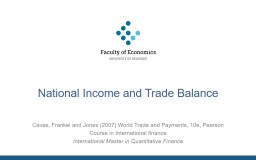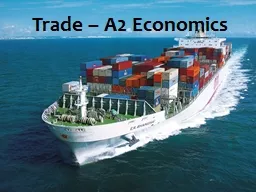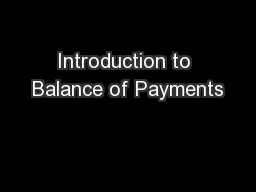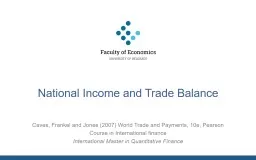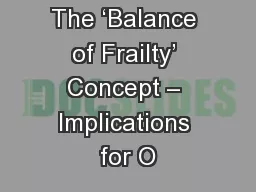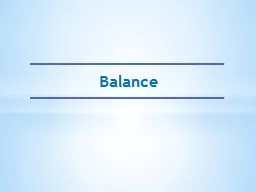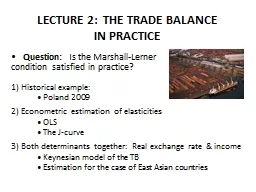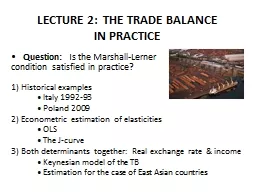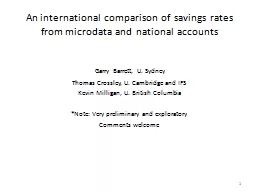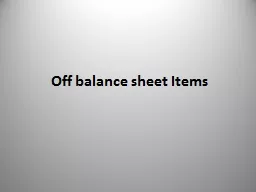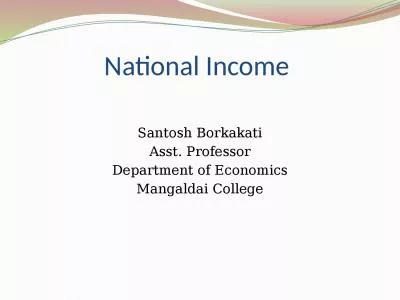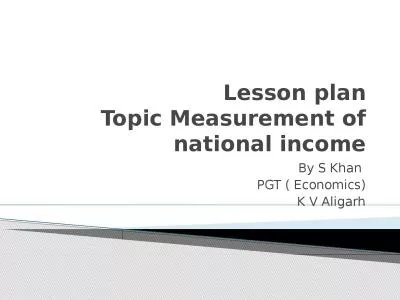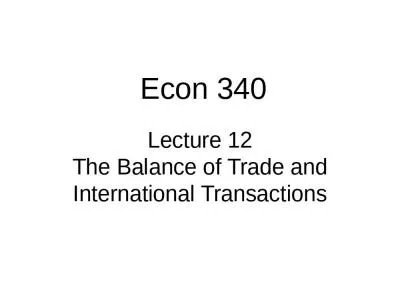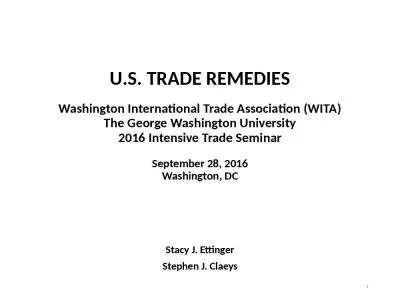PPT-National Income and Trade Balance
Author : madeline | Published Date : 2023-11-05
IMQF course in International Finance Caves Frankel and Jones 2007 World Trade and Payments 10e Pearson Outline Smallcountry Keynesian Model Determination
Presentation Embed Code
Download Presentation
Download Presentation The PPT/PDF document "National Income and Trade Balance" is the property of its rightful owner. Permission is granted to download and print the materials on this website for personal, non-commercial use only, and to display it on your personal computer provided you do not modify the materials and that you retain all copyright notices contained in the materials. By downloading content from our website, you accept the terms of this agreement.
National Income and Trade Balance: Transcript
Download Rules Of Document
"National Income and Trade Balance"The content belongs to its owner. You may download and print it for personal use, without modification, and keep all copyright notices. By downloading, you agree to these terms.
Related Documents

